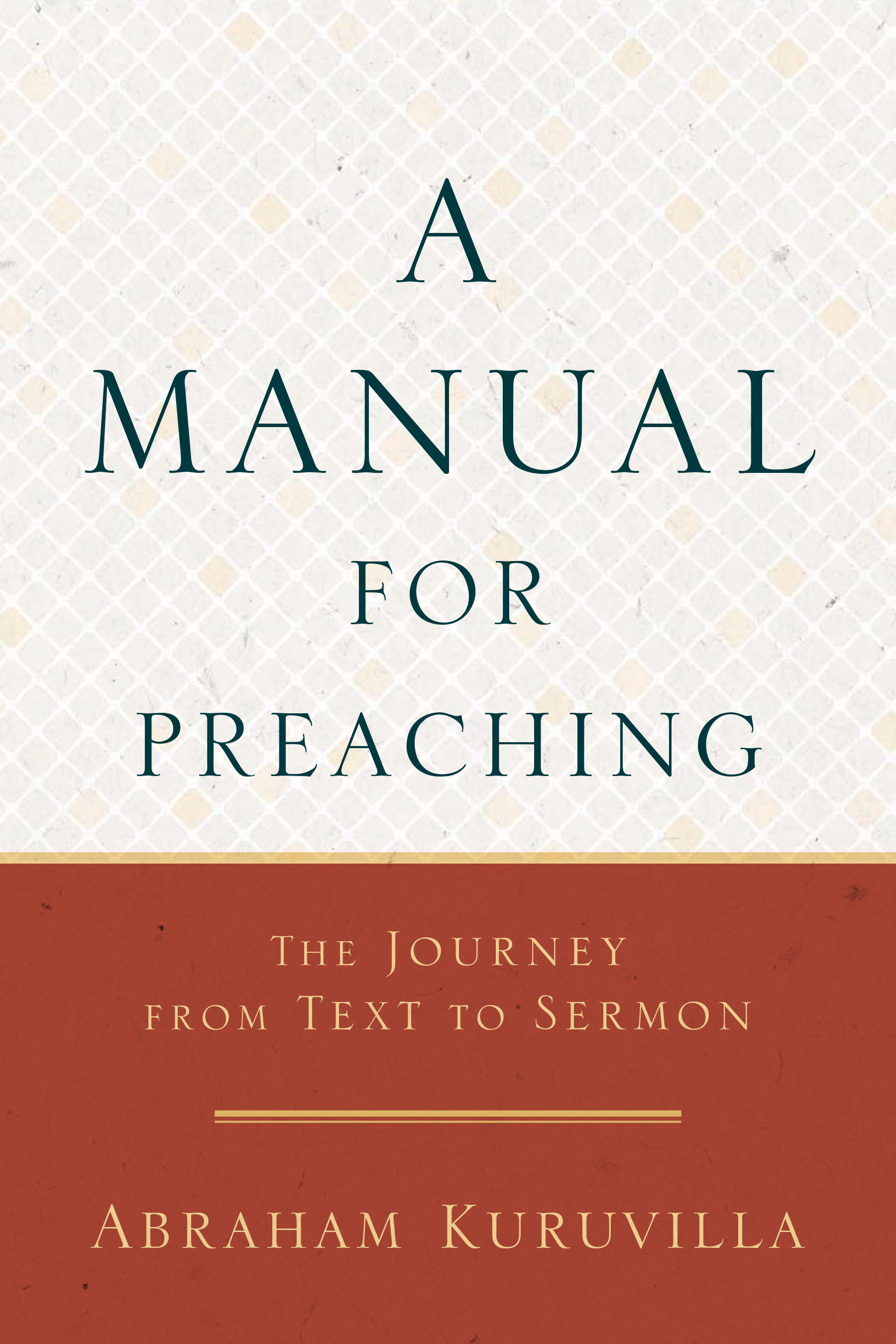Living?

What happens when we die is a question folks have been asking for millennia. Scientifically, it is a mystery. But we can conclude one thing: those “near-death experiences” are a thing!
That’s according to “Guidelines and Standards for the Study of Death and Recalled Experiences of Death—A Multidisciplinary Consensus Statement and Proposed Future Directions,” published in the Annals of the New York Academy of Sciences, by an interdisciplinary group of researchers from universities in the USA and the UK, experts in neuroscience, critical care, psychiatry, psychology, social sciences, and the humanities.
There are lots of stories of such experiences, and most have thought these were hallucinations brought on by the stress of dying. Even studying this phenomena was thought to be impossible.
Until the advent of CPR. Commented lead author, Dr. Sam Parnia, of NYU’s Grossman School of Medicine:
The advent of cardiopulmonary resuscitation (CPR) showed us that death is not an absolute state, rather, it’s a process that could potentially be reversed in some people even after it has started. What has enabled the scientific study of death is that brain cells do not become irreversibly damaged within minutes of oxygen deprivation when the heart stops. Instead, they ‘die’ over hours of time. This is allowing scientists to objectively study the physiological and mental events that occur in relation to death.”
There are apparently five events that are described commonly: a separation from their body with a heightened, vast sense of consciousness and recognition they’re dying; some sort of “travel” to a different location; a meaningful and purposeful review of their life, involving a critical analysis of all their past actions—basically, their life flashing before their eyes; going to a place that feels like “home”; and then returning back to life. What is striking is that these events don’t have much in common with the experiences folks have when hallucinating or using psychedelic substances. And such near-death experiences generally trigger positive and long-term psychological transformations.
But there’s more to it that than these events, too. Something is happening in the brain. It turns out scientists can actually see physical changes taking place in that organ when someone is close to death. Studies have shown that the mammalian brain can, albeit paradoxically, generate neural correlates of heightened conscious processing at near-death. Researchers found the presence of gamma activity and electrical spikes when people are technically dying, as measured by electroencephalography (EEG).
The researchers write:
A major paradigm shift in the understanding of death has come from the observation that, in general, brain cells remain more resilient to the effects of anoxia in the postmortem period than traditionally thought.”
So death may not be the end? Who’d’ve thunk it?
But we knew this a long time ago. For the believer in Christ, there are only two options:
Therefore, being always of good courage,
and knowing that while we are at home in the body we are absent from the Lord—
for we walk by faith, not by sight—we are of good courage, I say,
and prefer rather to be absent from the body and to be at home with the Lord.
2 Corinthians 5:6–8
Absent from the body = home with the Lord.
And one day, even death will be no more:
And [God] will wipe away every tear from their eyes;
and there will no longer be any death;
there will no longer be any mourning, or crying, or pain;
the first things have passed away.
Revelation 21:4
Bring on those gamma waves!
SOURCE:
Brain Tomorrow; Annals of the NY Academy of Medicine; Proceedings of the National Academy of Sciences











 Abe Kuruvilla is the Carl E. Bates Professor of Christian Preaching at The Southern Baptist Theological Seminary (Louisville, KY), and a dermatologist in private practice. His passion is to explore, explain, and exemplify preaching.
Abe Kuruvilla is the Carl E. Bates Professor of Christian Preaching at The Southern Baptist Theological Seminary (Louisville, KY), and a dermatologist in private practice. His passion is to explore, explain, and exemplify preaching.
1 Comment
Amen